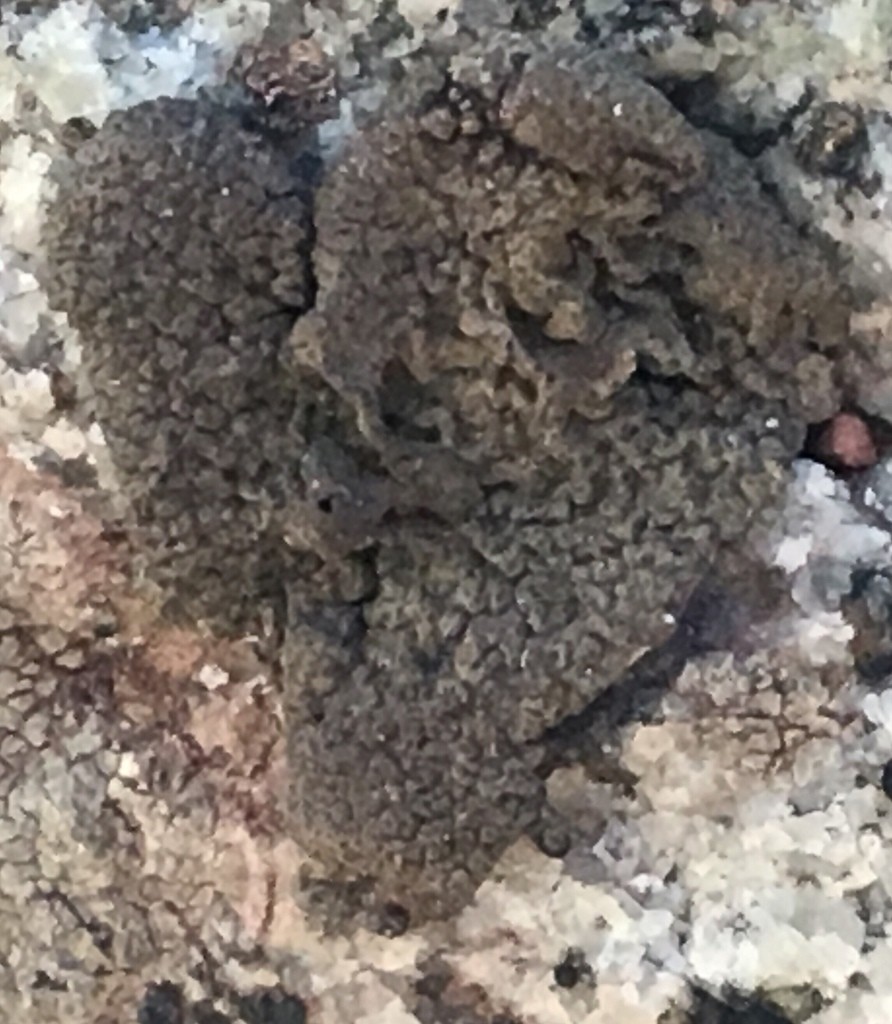Umbilicariaceae
Nom scientifique: Umbilicariaceae
Umbilicariaceae
Nom scientifique: Umbilicariaceae
 Photo By Jason Hollinger , used under CC-BY-2.0 /Cropped and compressed from original
Photo By Jason Hollinger , used under CC-BY-2.0 /Cropped and compressed from original La description
Umbilicariaceae est une famille répandue de champignons que l'on peut trouver poussant sur les rochers de chaque continent du monde, car ils sont très tolérants à différents climats. Ces champignons sont lichénisés, ce qui signifie qu'ils ont formé une relation symbiotique avec des espèces d'algues ou de bactéries pour former un lichen.
